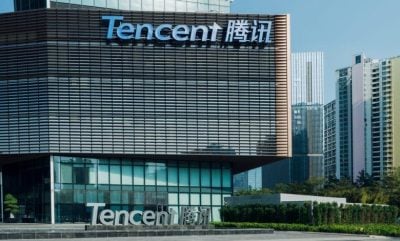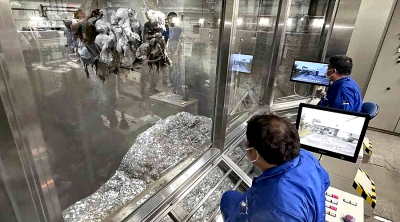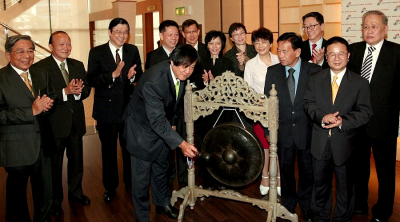
In the fast-changing global economic landscape in 2023, artificial intelligence emerged as a driving force behind global development across industries, marking a pivotal moment in technology revolution.
The close relationship between AI technology and hardware advancement is apparent.
The potential shortage of global GPU processors is driving hardware innovations, and thus pushing developers to create more economical alternatives.
This adaptability to market demands and resource constraints represents a natural selection within the technology ecosystem.
The development of AI agents and intelligent systems signifies a shift from singular to multi-functional AI.
The progress extends beyond simple conversational tools to complex tasks such as travel bookings and multimedia processing, showcasing technological maturity and reflecting the diversity and adaptability to market demands, and facilitating the advance of AI across industries.
The integration of AI with other fields, such as autonomous driving, humanoid robots and spatial computing, exemplifies the inter-connectedness of industrial ecosystems.
It not only fosters innovation but also boosts collaboration across sectors, creating interdependence for mutual growth.
In sectors such as retail and healthcare, generative AI’s application illustrates technology’s response to the specific needs of industries, providing users with customised solutions and presenting new growth opportunities.
Simultaneously, the transformation of the information and communications technology industry and changes in regulations reflect the dynamic balance in the technology ecosystem.
The advancement of AI technology may be constrained by infrastructure fluctuations and skill mismatches. And regulations for AI development reflect society’s concerns over the impact of technology on people’s lives.
A significant development in 2024 is the potential listing of AI chips (AI Pin), which is a major breakthrough in hardware development, and demonstrates technological advancement and the market’s demand for specialised and efficient AI solutions, injecting new vitality into the technology ecosystem.
The permeation of AI in almost all sectors of the economy and its impact on various aspects of human life are a significant feature of internet science and technology and the industrial ecology. This has helped create a diverse and interconnected technological network.
The “emergence of industrial ecology” is clearly evident in the rapidly evolving industrial ecosystem.
Thanks to growth of the AI industry, new AI applications have been emerging continually, particularly in the field of AI companions.
These companions are the result of not only technological innovation but also adaptation to human needs, marking the diversification of the technology ecosystem.
In 2024, AI developers may primarily focus on achieving breakthroughs in autonomous learning and deep learning, facilitating the widespread application of AI in the healthcare sector and driving intelligent manufacturing, thus leading the transformation of several industries.
The transportation and logistics sectors could see breakthroughs in making autonomous driving safer and more efficient, while the financial sector could undergo further transformation, as AI could make financial services more intelligent and efficient.
And the healthcare sector could see more accurate diagnostic and better treatment methods.
As for the competition between China and the United States, it is complex in the field of AI, as the private sector, represented by companies such as OpenAI and Alphabet Inc, plays a crucial role in AI’s development in the US.
The US has also realised the importance of maintaining its competitive edge in science and technology and continuing to be the preferred destination for global AI talents.
China, on the other hand, has made significant strides in AI, particularly in image recognition and practical applications.
But despite China’s massive user base being an advantage in data collection, challenges, including a technological gap, remain.
Nevertheless, China’s pursuit of AI technology and substantial investments in the sector show its determination to become a global leader in AI.
In terms of global positioning, the US focuses on generative AI to boost its economic and technological advantages, while China extensively applies AI in the security sector and for data integration.
And while the US faces challenges in using advanced AI technology for military purposes, the Chinese government’s close ties with the private sector will enable smoother application of AI technology.
Considering text-based large models, the gap between China and the US may narrow, while in multi-modal large models, the gap may widen.
In data integration and industrial intelligence, China has the potential to become a leader in several industries, but it may lag behind the US in multilingual global applications.
In conclusion, the competition is dynamic involving technological, economic, military and political factors, making it a continually evolving affair.
The development of AI will continue to shape the future, with both China and the US playing crucial roles in this transformative journey.
ADVERTISEMENT
ADVERTISEMENT








































